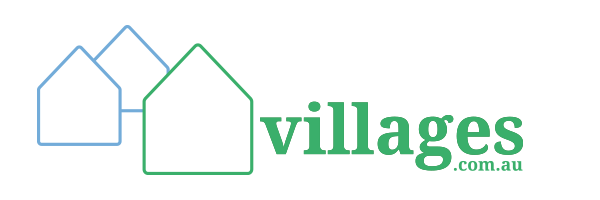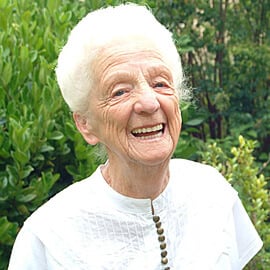Released this week the 2016 PwC/Property Council Retirement Census shows the average age of current retirement village residents is now 80.
“Retirement villages can extend the independence and quality of life of their residents,” says Ken Morrison, Chief Executive of the Property Council of Australia.
Compiled from information provided by the operators of over 53,000 units, the Census also puts occupancy rates at 92% – we’d argue this is actually closer to 95%.
But compared to the boom in the domestic housing market, retirement village unit prices are failing to hit the same heady heights. The data found the average cost of a two-bedroom retirement village unit is $398,000, up from $385,000 last year. That’s just 67% of the median unit price in the same postcode.
In contrast, the median price for a two-bedroom unit in Sydney was $705,000 in June 2016, according to Domain – a jump of 50% in the previous five years. So that’s a price growth of 6% versus 50%.
The Census also pointed to some serious challenges ahead, including that the average retirement village is 24 years old. “Many villages are approaching a stage where significant redevelopment will be required,” Mr Morrison said.
Only 26 per cent of villages also had co-located aged care or aged care within 500 metres of the village – a worry if residents are looking to stay closer to home as they age.
Download the 2016 report here.






